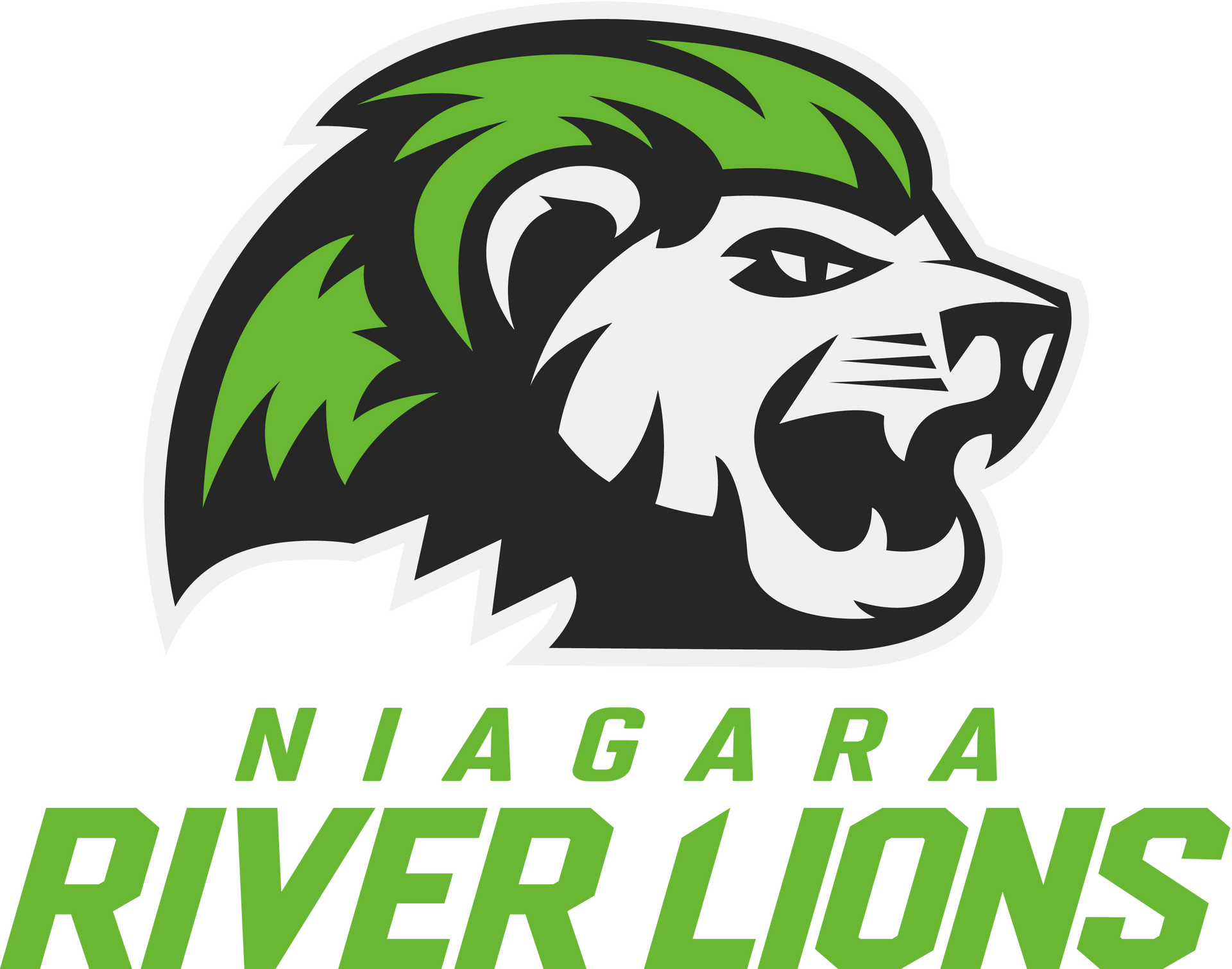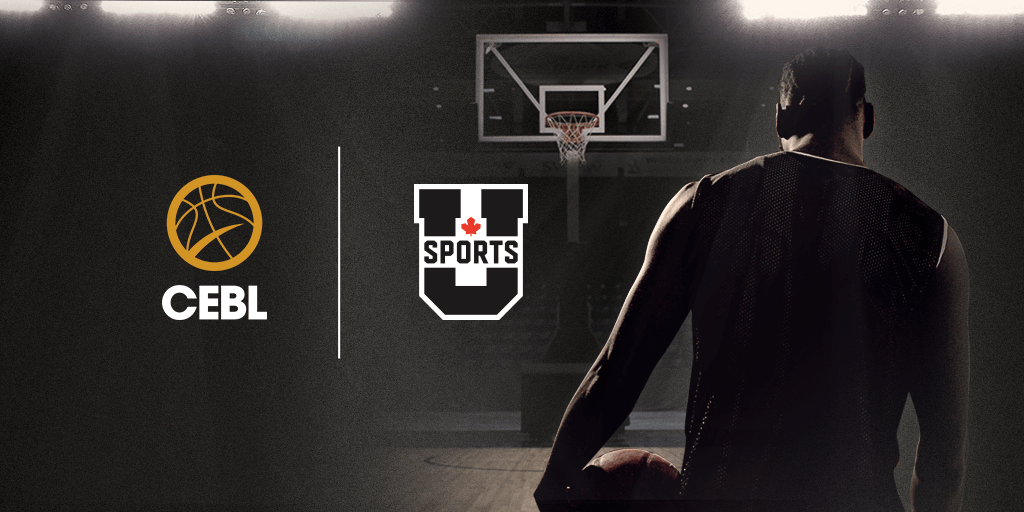U SPORTS to be featured in inaugural CEBL season
Perhaps the most interesting development in this new league came just a few weeks ago, when a press release was posted via the CEBL’s Twitter and website that announced the date for the inaugural draft, to be held on March 23 in Hamilton. All six teams will submit their picks a week prior, with the entry draft to determine the rosters for the upcoming season.
When the CEBL was officially announced in May 2018, many wondered just how the league planned on getting the talent necessary to garner fans into the arenas. The Canadian Elite Basketball League’s inaugural season is set to kick off on May 9, 2019.
The league is composed of six teams: the Fraser Valley Bandits, Saskatchewan Rattlers, Edmonton Stingers, Guelph Nighthawks, Niagara River Lions and the Hamilton Honey Badgers. These teams will compete in a 20 game regular season that will conclude in mid-August.
Tickets for the Niagara River Lions, who will play at the Meridian Centre here in St. Catharines, will likely be quite inexpensive, seeing as season tickets start at $175 for the 10 game home slate (individual tickets are not yet available for purchase). Individual game tickets will most likely fall in the $20-ish range.
Former Toronto Raptors and New York Knicks GM Glen Grunwald currently serves as the President and CEO of Canada Basketball, and the former McMaster Athletic Director said in a statement on the CEBL’s website that “the CEBL has proven to be committed to operating with high professional standards that align with those of Canada Basketball and FIBA. It is a league created by Canadians for Canadians. Aligning with the CEBL to achieve our mission of developing Canadian basketball will greatly benefit players, coaches, officials, and fans of our sport as we continue to work to grow the game domestically.”
Also of note is that the CEBL is the first professional league in Canada to have an affiliation with FIBA, the national governing body for basketball worldwide, meaning that the CEBL will be played and officiated under FIBA rules.
Other notable partnerships the CEBL has made include Sportsnet, TSN, CBC, The National Post, The Toronto Star, Ticketmaster, among others. In December of 2018, the CEBL announced a five year deal with New Era, making them the official on and off-court apparel and merchandising partner of the CEBL. Shortly after it was Spalding – the official ball provider of the NBA – who became the official ball provider of the CEBL.
The CEBL is also broadcasting all games via their own streaming site, called CEBL TV. The free service will give anybody the chance to tune into a game free of charge, although a deal with TSN or Sportsnet to cover the championship weekend may come to fruition.
The league also broke boundaries when former Windsor Lancers head coach Chantal Vallée became the first woman to be named General Manager of a professional men’s basketball team, and the first woman to coach one as well, with the Hamilton Honey Badgers acquiring her services.
Perhaps the most interesting development in this new league came just a few weeks ago, when a press release was posted via the CEBL’s Twitter and website that announced the date for the inaugural draft, to be held on March 23 in Hamilton. All six teams will submit their picks a week prior, with the entry draft to determine the rosters for the upcoming season. The draft will last 13 rounds, with the order being decided by a blind draw. The draft will follow a snake format where the team with the last pick in round one will receive the first pick in round two, and so on.
Each team will be composed of 10 players; seven of which must be Canadian, with the remaining three roster spots available to international players, former NBA second-round picks who weren’t able to crack the big leagues, maybe some G-Leaguers, etc. One spot will be designated to a U-SPORTS athlete as a ‘developmental player’, plus five additional practice players as well. Because the season is played during the spring and summer, players who play for international clubs during the fall and winter will be able to spend their off-season playing for another pro club, much like how many WNBA players have been doing for a number of years.
Another advantage of having a spring/summer sports league is that the weather – especially in Saskatoon and Edmonton – will be nice enough to justify travelling to attend games. The fan experience will always be much better if nobody has to sit through traffic in the snow and sleet before driving in loops to find parking. The league will also have far less competition then they would during the fall and winter; the NBA has just a 10-day summer league in mid-July, and the FIBA World Cup doesn’t start until after the CEBL season ends, leaving the league in a good place when it comes to competing basketball leagues.
The draft is broken down into three parts: rounds 1-4 is dubbed as the ‘Regional Round’, where teams can only draft players from their respective regions. Niagara, Hamilton and Guelph must pick players from Ontario or east, while Saskatchewan, Fraser Valley and Edmonton will pick players from Manitoba or west of. This regional format is very similar to the ‘territorial pick’ that the NBA used from 1949 to 1966 with the purpose being that fans would be more inclined to attend games to view the local, or ‘home-grown’ talent.
The second part of the draft will take place between rounds 5-11, and is called the ‘General Draft Round’, where a more traditional draft format will take place, meaning that teams can draft whoever they want with no restrictions; meaning that teams can draft players not just from Canada, but from all over the world.
The third and final part will occur in the final two rounds of the draft, and is called the ‘U-SPORTS Draft’. This round gives team the chance to select talented U-SPORTS athletes who are currently playing in U-SPORTS programs across the nation. This new program will give opportunities to some of the top players in U-SPORTS that will give them their first taste of professional basketball.
Laurentian’s Kadre Gray, who lead the OUA this season in both points (31.0) and assists (6.2), is a very likely candidate to be taken with the first overall pick in the U-SPORTS draft. In his three seasons playing for Laurentian, Gray has taken the league – and the country – by storm, winning Rookie of the Year in 2017, back-to-back MVPs in 2018 and 2019, and has been selected to the All-OUA First Team in each of his three seasons. Gray was also one of the 36 players who helped the Canadian national team qualify for the 2019 FIBA World Cup.
Hopefully this new exposure will give U-SPORTS the recognition it deserves, and will shed a new light on Canadian intercollegiate basketball. The Carleton Ravens have won 13 national championships in the last 18 seasons, accumulating an absurd regular season record of 349-16 over that timespan. Yet the average Canadian basketball fan probably has no idea that the greatest basketball dynasty in the country’s history comes from a university in Ottawa.
And for those who will asterisk the Ravens accomplishments due to the subpar talent in Canada, it’s not their fault the competition hasn’t been able to de-throne them. While all eyes were on the Duke Blue Devils coming to Canada to wallop the likes of UofT and McGill this summer (Ryerson, this year’s OUA runner-up, ‘only’ lost by 19), for the second straight year, the Ravens were off playing exhibition games of their own against Division I teams, and beating them — handily.
In the 16 games Carleton has played DI teams over the past two years, the Ravens have gone 15-1. 10 of those wins were by double-digits and seven were by 17 or more; including a 34-point win, a 43-point win and a 64-point win (sorry South Dakota State). The Ravens dynasty is just one example of the talent that can at times appear hidden in the realm of Canadian basketball – the CEBL is doing right by partnering with U-SPORTS to help these athletes develop as players in their home country.
It will be very interesting to see who gets selected in the draft, and where a majority of the talent will come from. Whether it be largely ex-G-Leaguers, local guys, or overseas players, the league is very confident that the talent pool will be large enough to draw fans in. Seeing as it is a league still in its infancy, and considering the pay will be much lower than most overseas teams, the chances of a non-Canadian leaving their international clubs to come play for a brand-new team in a brand-new league seems like it would be low.
But on the other side of things, if there is a Canadian player who’s out there playing for a Division II team in some small town in the middle of Latvia, Estonia, Lebanon — take your pick — and an opportunity to come back home to play in a place you’re familiar with, a place where they speak your language and a place where you’ll be able to play heavy minutes? Seems like a step up from the BC Vytautas’s of the world. The league itself is only going to have 60 players, so it’s not like players would be giving up say, a starting role to come to Canada and ride the Fraser Valley Bandits’ bench. Everyone should, and will get a chance to play at one point or another.
Another interesting question to think about is how much media coverage will the league garner? And by whom? Will it be local, small-town publications such as this one, or will the big boys like TSN, theScore, etc, send out reporters to cover games? The league’s Twitter account has a modest amount of followers, but as done a good job so far when it comes to breaking news on social media. The website is very accessible and easy to navigate, and tells you everything you would want to know in a matter of clicks. One can only assume their online presence will grow once the season kicks off in a few months.
The future is bright for Canadian basketball, and the CEBL is doing their part by giving more Canadian players a chance to play professionally in their own country. Here’s to hoping it’s able to take off.



